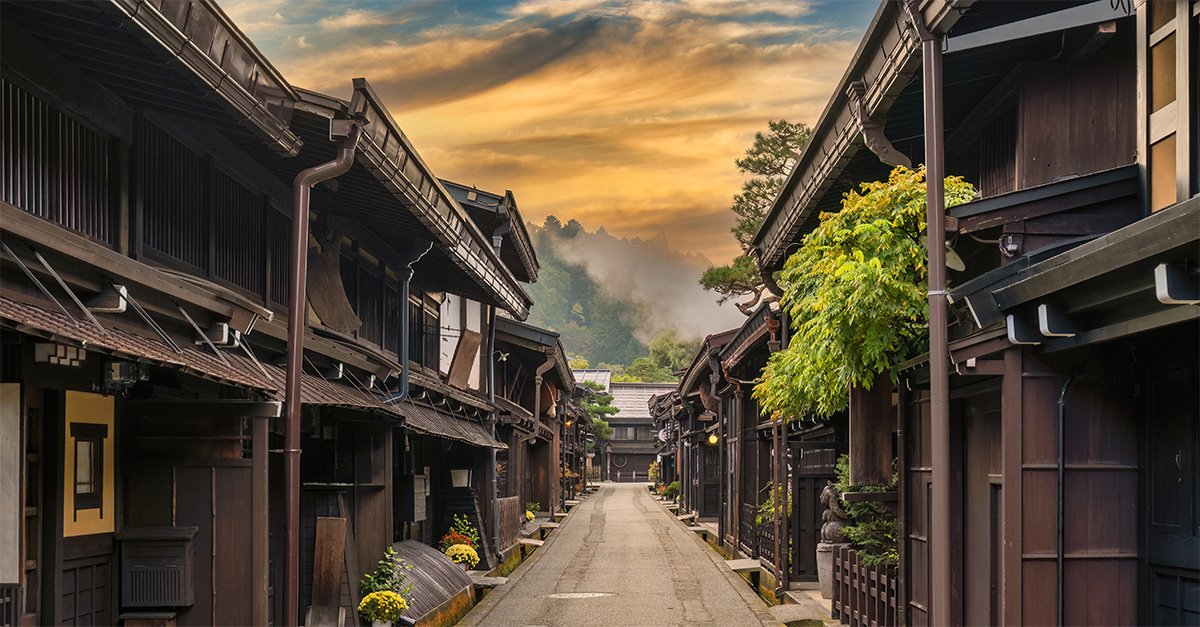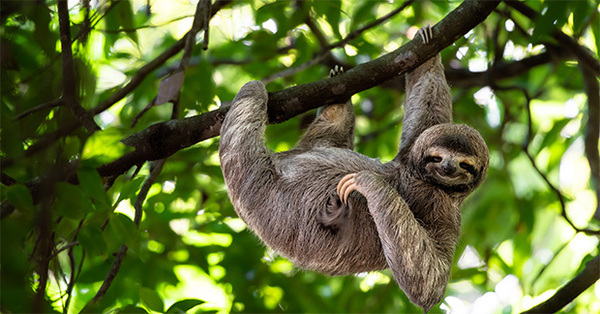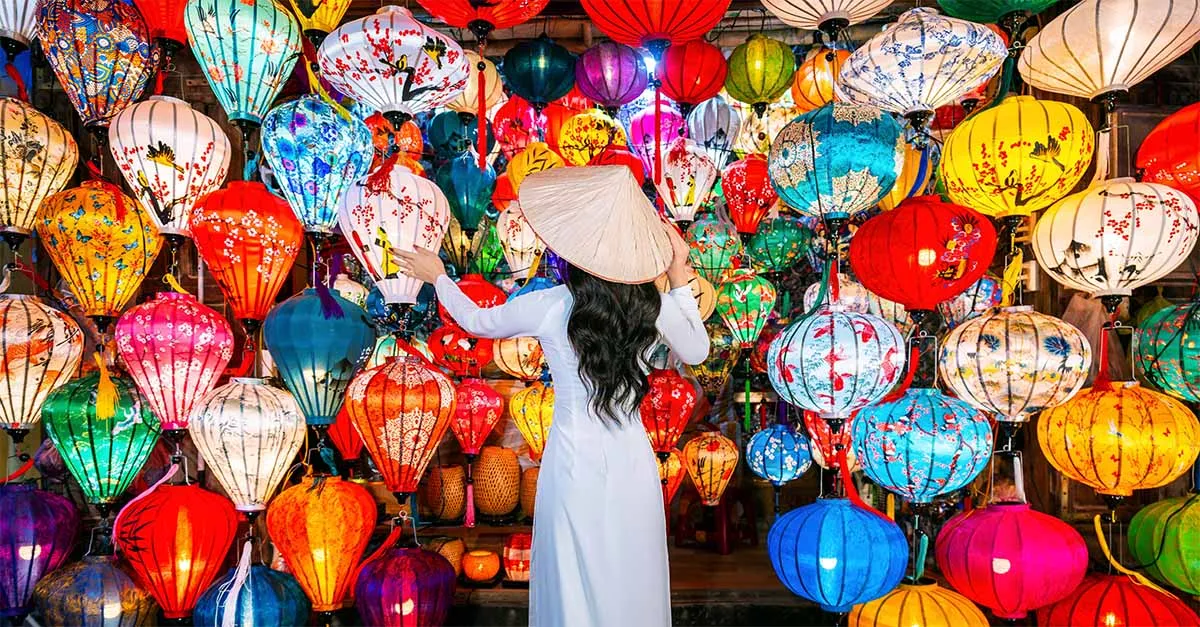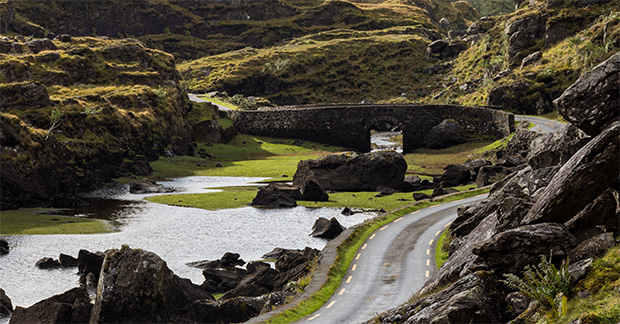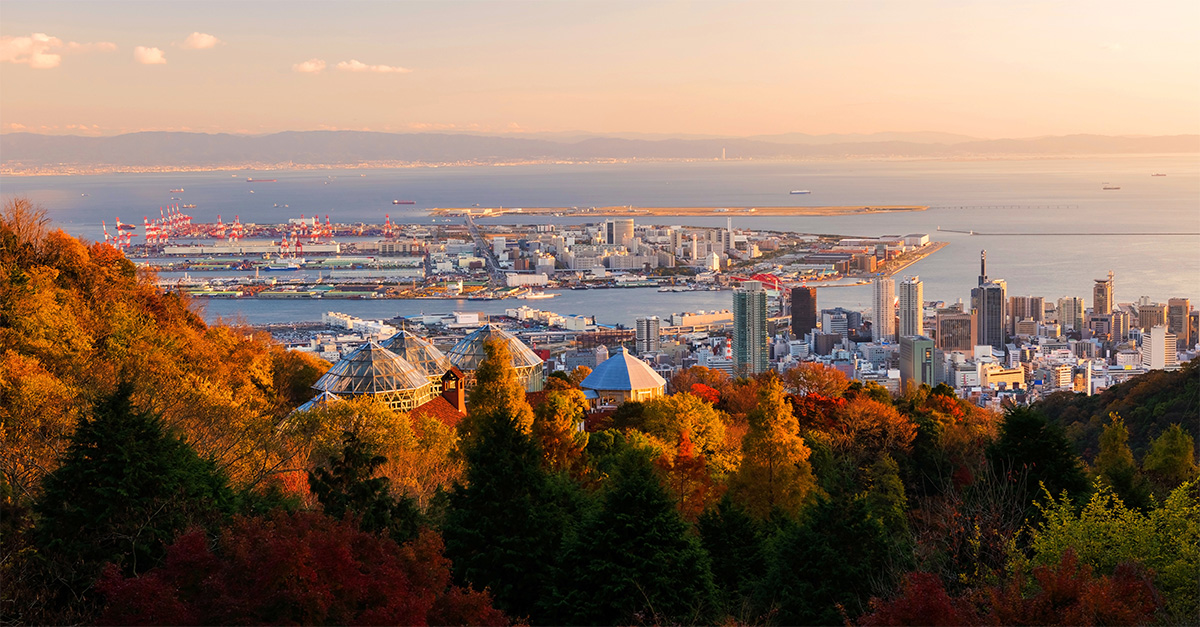You are viewing 2 of your 2 free articles
Our guide to Gifu, Japan
Ancient traditions and rolling scenery resound in Japan’s Gifu region, now connected to Europe via a new flight, writes Deborah Cicurel
Click here to download and save as a PDF
It’s early in the morning and I’m wielding an enormous, handcrafted sword, its sharp edges glinting in the wintry light. A surreal scene, but then so much of where I am seems dreamlike.
I’ve come to Gifu prefecture, in the heart of Japan’s main island, Honshu, in search of a quintessential yet quiet Japanese experience.
Judging by that, I’ve found the perfect place. Getting to Gifu is easier than ever, thanks to a relaunched Finnair flight from Helsinki to nearby Nagoya’s Chubu Centrair international airport, currently the only direct connection to Europe from this heartland hub. The seasonal service resumed last year and will increase to three flights a week from March to October, rising to four in the peak summer months.
Many escorted tours of mainland Japan stop in Gifu for the Japanese Alps, onsen (hot springs), ryokans (traditional inns) and old streets of Takayama, but for clients particularly interested in Japanese culture, this region warrants deeper exploration.
Seki Swordsmith Museum
My first stop, the Seki Traditional Swordsmith Museum, is an ideal introduction to Gifu’s rich history.
Swordsmithing in Seki dates back more than 700 years, and the city is still one of the world’s major blade-making centres. Swordsmith Kazuhiro Yoshida draws on knowledge honed by 25 generations of his family, but has adapted his craft to meet modern needs, including making kitchen knives and nail files. “In order to pass down these techniques and to attract interest, we’ve created places like this museum where people can come and experience this art for themselves,” Yoshida explains.
From the sharpest of blades to the most delicate of papers, I head to neighbouring city Mino to visit Warabee Land, a small, rural workshop where traditional washi paper is painstakingly created.
Charismatic craftsman Hiroshi Ogasawara shows me each intricate step, then gives me free rein to decorate my own washi paper using leaves and brass shavings. “It’s not just about making the paper as a product, but as a work of art,” he says.
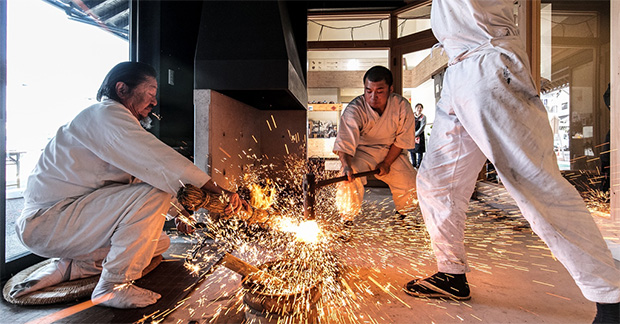
Walking the Nakasendo Way
Widening my focus from intricate craftsmanship to sumptuous panoramic views, the next morning is fresh and sunny as I set off on the Nakasendo Way, a well-trodden route from the Edo period (1603-1868) that once connected Tokyo to Kyoto.
Some operators, including Audley Travel, Exodus Adventure Travels and InsideJapan Tours, sell holidays and add-ons that include hiking sections of the Nakasendo Way.
My heartbeat quickens not just from the uphill slope but from the towering views of snow-capped mountains stretching out endlessly as I walk through bamboo forests and curved streets lined with wooden shops and houses.
Local guide Nakao Ken points out places of interest as I stroll: traditional teahouses, peaceful temples and carved Buddhist statues. “The Nakasendo road is something you have to walk with your own feet, like people did in the old days,” Ken explains.
That evening, climbing complete, I soothe my muscles and sink into the silky, warm water of an outdoor onsen in the Suimeikan Hotel in Gero, a city where hot springs have been enjoyed for centuries. I visit in January, so the temperature is sub-zero, but I don’t feel the cold even as large snowflakes drift gently onto my sleepy eyes.
Should your clients develop an onsen obsession – which is easily done – a stroll around Gero reveals free foot baths all over the city, where they can peel off their shoes and relax after a long walk.
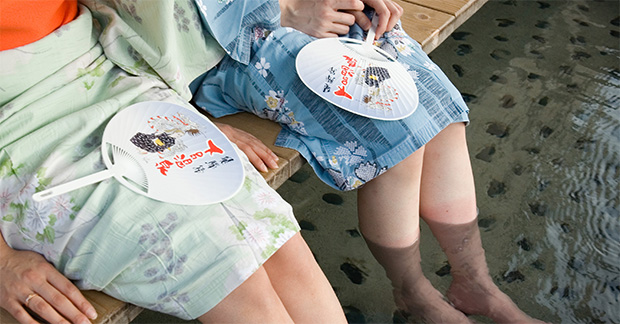
Tour of Takayama
Speaking of walks, a stroll around Takayama – one of Gifu’s betterknown spots – offers plenty of Japanese charm. Once a busy merchant town, its streets brim with enticing shops and stalls. The highlight is the Takayama Jin’ya, a governor’s office from the Edo period that is the only remaining building of its kind in Japan.
Every turn of a corner in this sprawling tatami-mat-filled building reveals new stories, passing through living quarters, offices, tearooms and rice storehouses. With its Zen courtyards sprinkled with snow, the jin’ya is as beautiful as it is fascinating.
Another essential stop in Gifu is Shirakawa-go, a village dating from the 11th century. Set between soaring mountains, Shirakawa-go is famous for its gassho-zukuri farmhouses. The pointed roofs have weathered heavy snowfall for centuries, despite being built without a single nail or piece of metal. It’s an impressive feat and demonstrates yet another way that the wisdom of the past permeates through Gifu.
Shirakawa-go is my last stop before the airport and, as we drive away, I watch the undulating mountains dance past my window as if in slow motion. Gifu has brought this dreamlike world to life, and I’m not sure I want to wake up to reality any time soon.
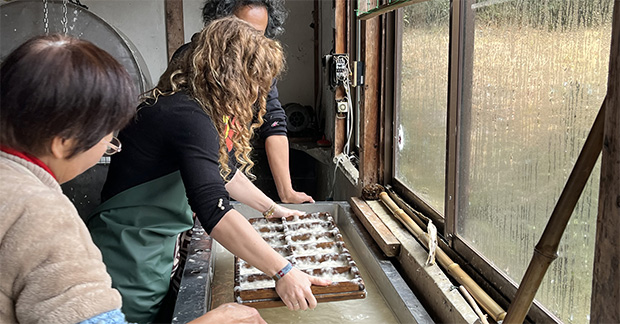
Getting there
From March, Finnair will operate direct seasonal flights from Helsinki to Nagoya three times a week, increasing to four times per week from May to August. Finnair flies to Helsinki from Heathrow, Manchester, Edinburgh and Dublin. Return flights from Heathrow to Nagoya, via Helsinki, start from £798 in Economy Class.
finnair.com
Wendy Wu Tours offers a Japan Uncovered tour, which costs from £6,790 per person for 17 days (based on two sharing). Includes flights, excursions and meals.
wendywutours.co.uk
Regent Holidays sells an eight-day Japan’s Timeless Trails: Visit Gifu itinerary from £4,185 per person, based on two sharing. Includes breakfast, some lunches, all ground transport, listed experiences and Finnair flights to Nagoya departing June 2.
regent-holidays.co.uk
Ask the operator

Gary King, head of trade sales, Wendy Wu Tours
“Gifu prefecture is a treasure trove of cultural and natural highlights that appeal to travellers seeking authentic and immersive experiences. Shirakawa-go is famous for its farmhouses with steep thatched roofs. Takayama offers historic streets, high-quality souvenir shops and top-tier museums such as the Takayama Festival Float Museum and Takayama Jin’ya. With clear mountain air, beautiful landscapes and authentic onsen hotels, Gifu is ideal for off-the-beaten-track exploration.”
PICTURE: Shutterstock/Noppasin Wongchum; photo service marusu;

